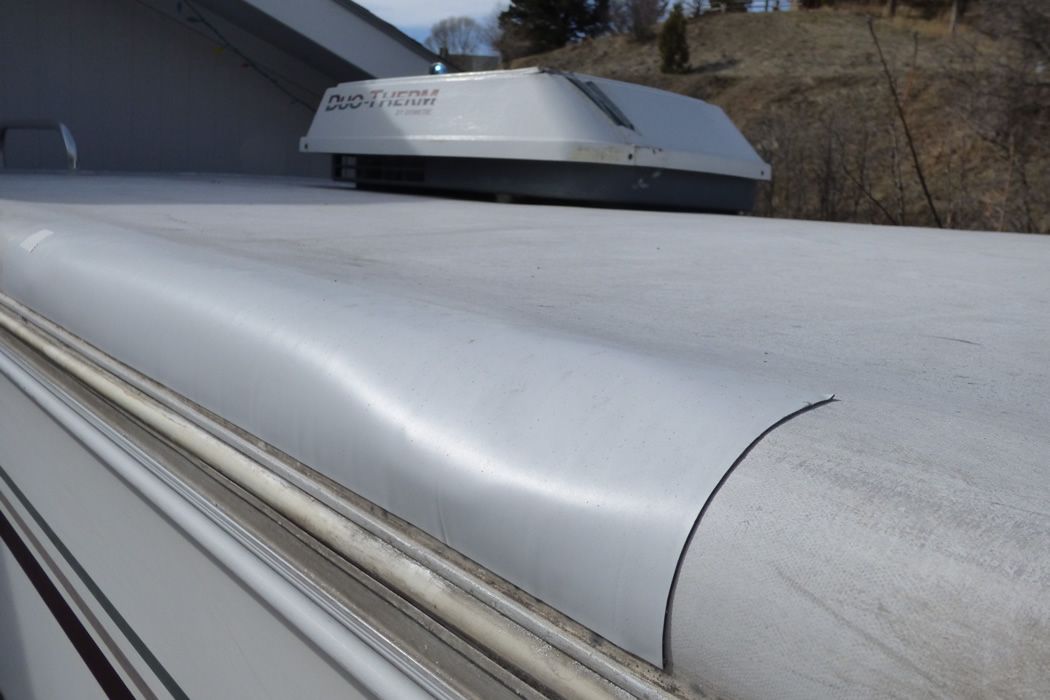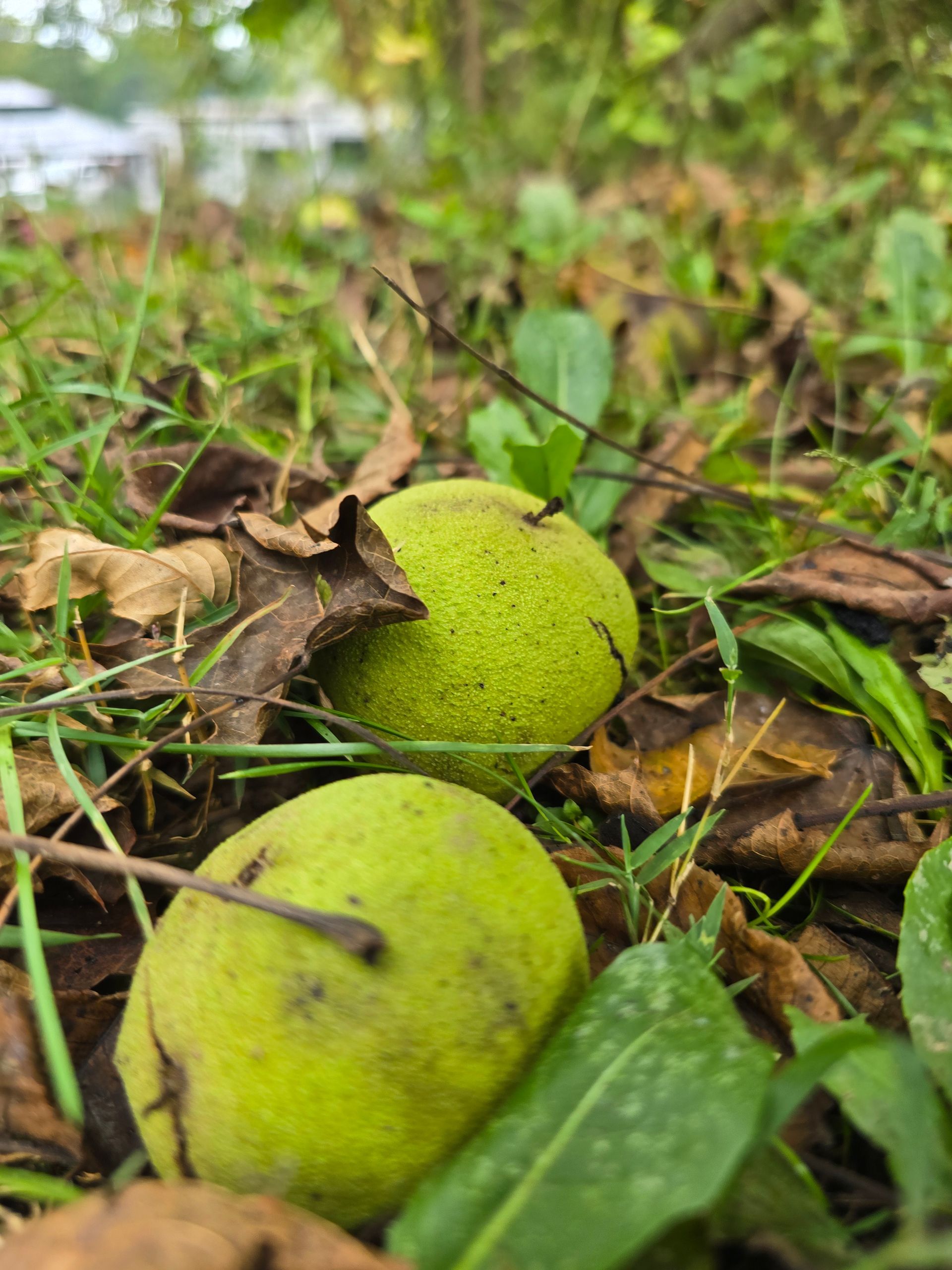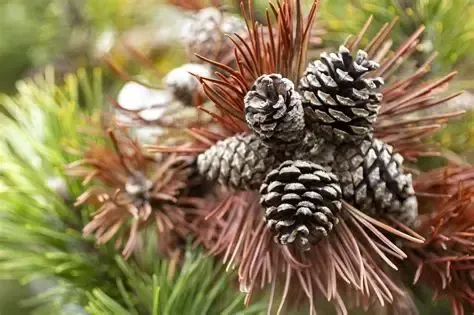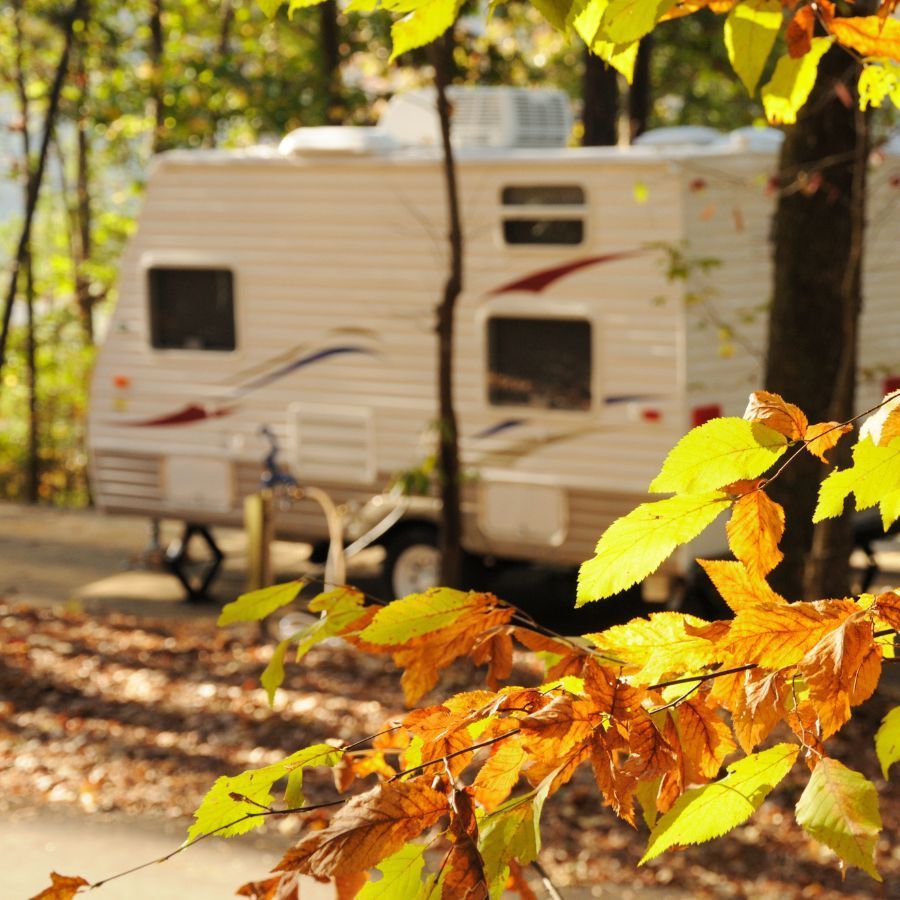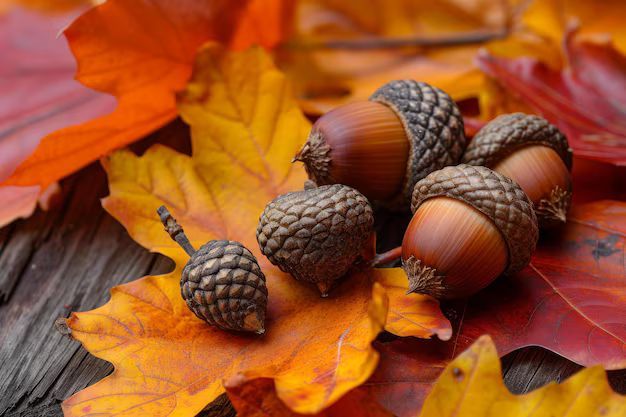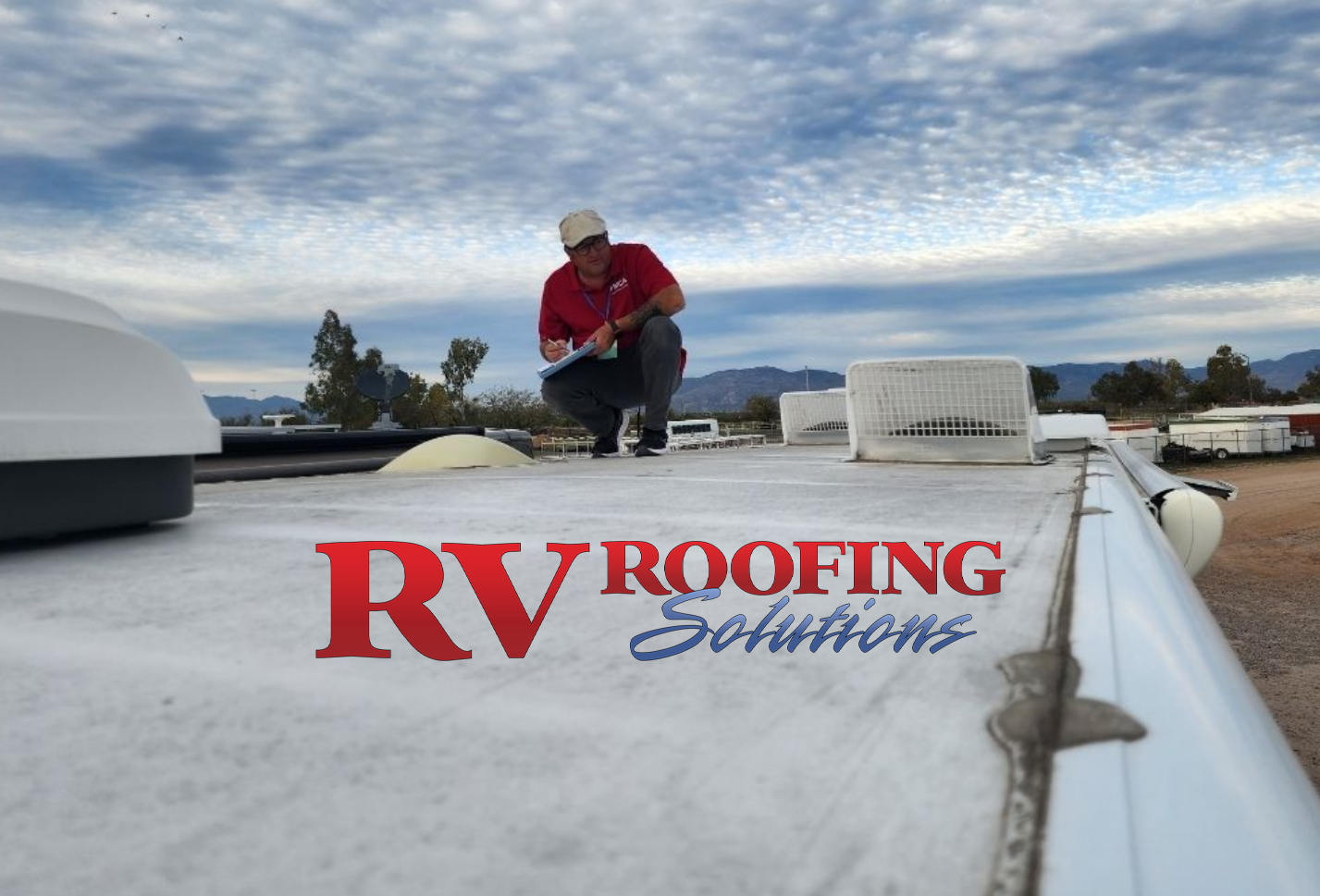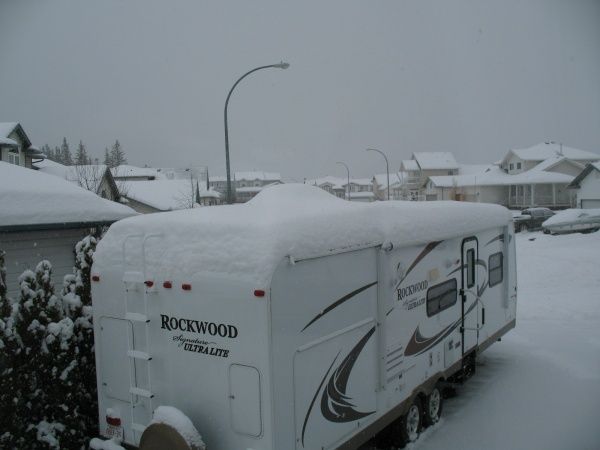Falling Leaves & RV Roof Hazards: Protect your RV from Acorns, Pincones & Nuts
Protecting Your RV Roof from Nature’s Sharpest Fall Surprises
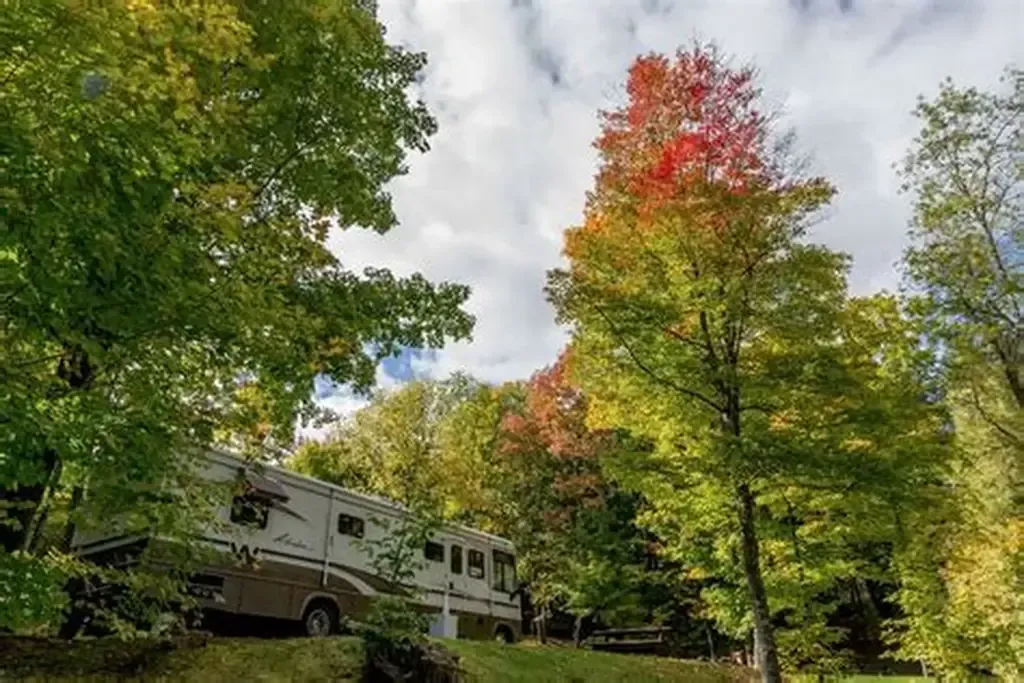
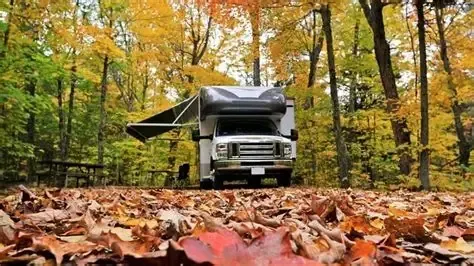
Seasonal Shielding Strategies
Protecting your RV roof during fall doesn’t require a full overhaul. Here are just a few proactive steps
• Install a Temporary Roof Cover: A breathable, UV-resistant cover can shield your roof from direct impact and debris buildup. Avoid plastic tarps, which trap moisture and cause more harm than good.
• Schedule a Mid-Season Roof Sweep: Whether DIY or professional, a gentle sweep and rinse can remove leaves, nuts, and sap before they settle in. Use soft brushes and avoid pressure washers.
• Check Sealants and Termination Bars: Fall is a great time to inspect for cracks or lifting edges. Re-seal vulnerable areas and consider replacing worn termination bars before winter sets in.
🍁 Fall Resealing Tips for DIY RV Owners
If you're removing and replacing caulk this fall, the key to a long-lasting seal is proper surface prep. Start by fully removing the old caulk—don’t just patch over it. Once it's cleared, wipe the area thoroughly with denatured alcohol to eliminate any oils, dirt, or debris that could interfere with adhesion.
When applying new caulk, make sure you're using the right type for the job. The ideal sealant will depend on where you're resealing—roof seams, windows, vents, or trim all require different formulations. Using the wrong product can lead to early failure, leaks, or cracking.
A little extra care now can save you from major repairs later!
• Use Gutter Guards or Leaf Diverters: These can help redirect falling debris away from roof edges and reduce buildup in hard-to-reach corners.
You need a seasonal defense plan to Protect Your Roof This Fall
Parking under nut-bearing trees like walnut, oak, or hickory may seem ideal for shade, but it can spell trouble for your RV roof. Falling nuts, especially walnuts and acorns, are dense and drop with surprising force, often propelled by wind or squirrel activity. These sharp projectiles can dent, crack, or puncture roof membranes, skylights, and vent covers, especially on aging or silicone-coated systems. Over time, repeated impact can compromise sealants and lead to water intrusion. Even if the damage isn’t immediately visible, it can weaken protective layers and create costly issues down the line. If you spot shells on the ground or critters overhead, it’s best to relocate before your roof takes the hit.
Pine trees may look picturesque in a fall campsite, but they pose a real threat to RV roofs. Pine cones, especially when dried or wind-blown, can fall with force and have sharp, jagged edges that scratch, dent, or even puncture roof membranes and vent covers. Over time, repeated impact can compromise sealants and lead to water intrusion. On top of that, pine sap is notoriously sticky and acidic—it clings to surfaces, attracts debris, and can degrade roof coatings if not cleaned promptly. Parking under pine trees might offer shade, but it also invites a mix of impact damage and chemical wear that’s tough to undo. When scouting a site, it’s worth looking up before you settle in.
RV covers can seem like a smart seasonal investment, especially in fall when sharp debris like acorns, walnuts, and branches pose a real threat. A well-fitted, breathable cover can help absorb impact, shield against UV damage, and prevent sap and tannin stains from settling into the roof membrane. But not all covers are created equal, and unfortunately, when used improperly, they can do more harm than good. Non-breathable or poorly secured covers trap moisture, leading to mold, mildew, and hidden roof rot. In windy conditions, loose covers can flap and chafe against the surface, wearing down sealants and causing abrasion. The key is choosing a high-quality, breathable material and ensuring a snug, secure fit—especially around vents and edges. Used wisely, a cover protects your investment; used carelessly, it can accelerate damage.
Fall is one of the most critical seasons for RV roof inspections. With trees shedding leaves, nuts, and branches, your roof becomes a landing zone for sharp projectiles and moisture-trapping debris. Weekly inspections help catch early signs of damage—like dents, scratches, or compromised sealants—before they escalate into costly repairs. Pay close attention to termination bars, vent edges, and skylight frames, where impact and buildup are most common. Regular checks also allow you to clear leaf piles that can trap moisture and accelerate membrane breakdown. A few minutes on a ladder each week can save thousands in water damage and keep your rig road-ready all season long.
Sealing vulnerable edges is one of the most effective short-term fixes you can make to protect your RV roof during fall. Areas like skylight frames, vent bases, and corners are especially prone to impact damage from falling nuts and branches. Applying EternaBond tape or a roof-safe sealant creates an immediate waterproof barrier, preventing moisture intrusion while you wait for a full inspection or repair. It’s a fast, reliable way to reinforce weak spots and buy time—especially when you're parked under trees or dealing with unpredictable weather. Just make sure surfaces are clean and dry before sealing to ensure proper adhesion.
Roof care isn’t just a solo responsibility -it’s a team effort, especially when traveling with family. Involving everyone in weekly roof checks not only lightens the load but builds shared awareness and responsibility. Even young kids can help by spotting fallen nuts, branches, or signs of damage from ground level, while adults can safely inspect sealants, skylights, and vent covers. When everyone knows what to look for, small issues get caught early—before they become costly repairs. Plus, it turns maintenance into a teachable moment, reinforcing the value of stewardship and teamwork on the road. Your RV protects the whole crew, and the whole crew can help protect it.

Fall Roof Prep Essentials
EternaBond Tape
Your emergency MVP. This ultra-durable tape seals punctures, cracks, and vulnerable edges in minutes which is a good temporary fix and can be ideal for surprise walnut strikes or post-storm inspections. Keep a roll in your toolkit for peace of mind on the road.
While Eternabond tape is a popular quick fix for sealing roof leaks, it's important to understand that it’s a temporary solution—not a long-term repair. Think of it as a band-aid: it can stop water intrusion in the short term, but it doesn’t address underlying issues like membrane degradation, seam separation, or structural damage.
Telescoping Roof Broom or Leaf Blower (Soft Tip)
Gentle but mighty. These tools help you clear leaf piles, acorns, and pine needles without damaging your roof membrane. Bonus: they make weekly inspections faster and safer.
Biodegradable Roof-Safe Cleaner
Sap happens. Tannins stain. A roof-safe cleaner helps you remove sticky residue without harming your sealants or coatings. Choose biodegradable formulas to protect your rig and the environment. Aero cosmetics Wash Wax can give you a clean finish without the use of harsh products. That's why we equip each of our installers with an industry trusted product.
Protective Gloves & Safety Goggles
DIY doesn’t mean risky. Whether you’re sealing edges or sweeping debris, gear up with gloves and goggles to stay safe and confident during roof care.
When it comes to fall roof prep, short-term fixes like EternaBond and roof covers offer valuable defense—but nothing compares to the long-term security of a professionally installed seamless system from RV Roofing Solutions.
Our maintenace free seamless roofing systems eliminates weak points where water, debris, and sharp projectiles typically cause damage. No exposed seams. No patchwork sealants. Just a continuous, reinforced barrier that stands up to acorns, walnuts, pinecones, and freeze-thaw cycles alike.
Whether you're parked under nut-bearing trees or navigating unpredictable fall weather, a seamless roof system gives you peace of mind, and protects the memories your RV holds.
Celebrate the Season but don't forget to Protect Your RV Roof
Fall camping is full of magic—crackling fires, golden leaves, and tailgate traditions. But nature doesn’t always play nice with RV roofs. Sharp projectiles, sticky sap, and moisture traps are part of the seasonal package. By staying ahead of the debris, you’re not just preserving your rig—you’re protecting the memories it holds. Your RV roof is your first line of defense, and fall is its toughest season. A little prevention now can save thousands later.
You might also like
RV Roofing Solutions' Blog
